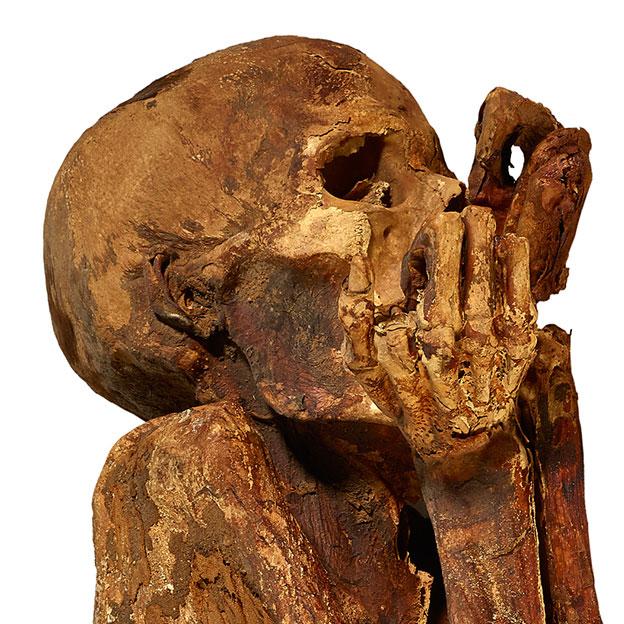The Gebelein Man is an individual who has defied the sands of time for over 5,500 years. His story stands as a testament to the preservation capabilities of ancient Egyptian desert and the modern technologies that enable us to unravel the secrets of his past.

Believed to have been laid to rest around 3500 BC or even earlier, in the arid expanse of Upper Egypt’s Gebelein site, the Gebelein Man’s extraordinary preservation is largely due to his direct contact with the scorching, desiccating sands. This natural mummification process is one of the key factors behind his exceptional state of preservation.

Modern technology and advanced 3D imaging techniques have allowed researchers to delve deep into the Gebelein Man’s physical condition. These investigations have unveiled not only his young age at the time of death, estimated to be between 18 and 20 years old, but also a minute cut concealed above his left shoulder blade. This seemingly insignificant injury, barely visible to the naked eye, has a story to tell.

Upon closer examination, this injury appears to be a puncture wound, likely inflicted by a pointed weapon with a width of 1.5-2 cm (0.6-0.8 inches). The weapon, possibly a copper blade, may have been the cause of his demise. This revelation provides a unique glimpse into the life and circumstances of this ancient individual.

The Gebelein Man’s story is a captivating example of how modern science and technology can shed light on the lives of our distant ancestors. His remarkable preservation remains and the secrets they hold continue to enrich our understanding of ancient Egypt, offering a poignant connection to the past that spans millennia.